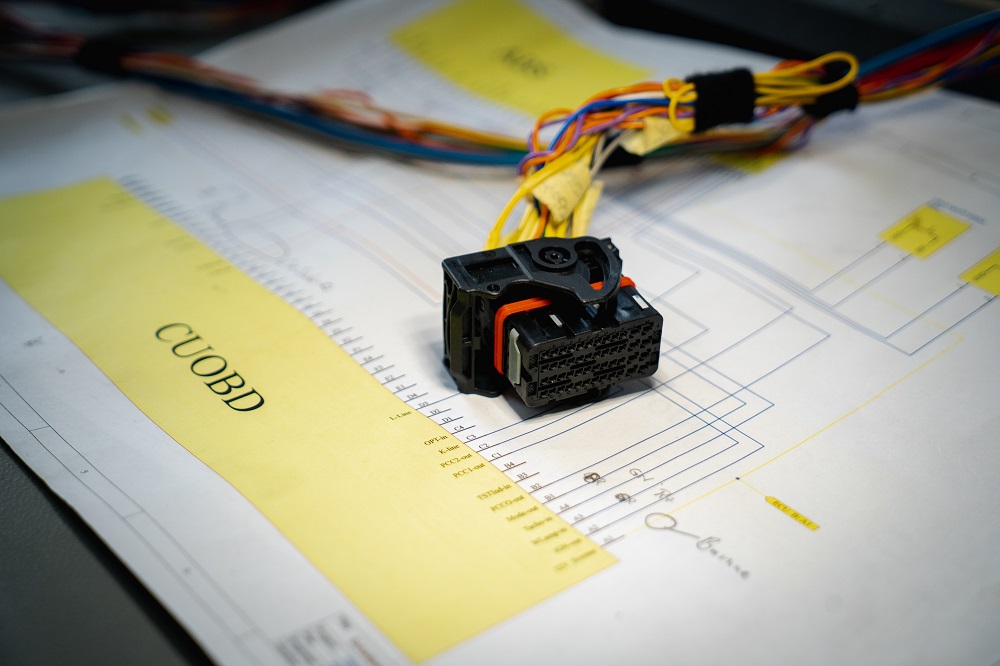- All
- Product Name
- Product Keyword
- Product Model
- Product Summary
- Product Description
- Multi Field Search
Views: 92 Author: Site Editor Publish Time: 2024-01-09 Origin: Site
To further emphasize the importance of correct earthing in the installation of terminal blocks, it is worth noting some potential consequences of inadequate or incorrect earthing.
One consequence of inadequate earthing is the risk of electrical shock. In the event of a fault or short circuit, electrical current may seek out other paths to flow through, including the human body. This can lead to severe electrical shocks, which can be potentially fatal. Correct earthing provides a safe path for electrical current to flow to the earth, minimizing the risk of electrical shocks.
Another consequence of inadequate earthing is the risk of fire. Electrical equipment that is not properly earthed may be more prone to overheating or electrical arcing, which can start fires. Inadequate earthing can also increase the risk of electrical surges, which can damage equipment and cause fires. Proper earthing provides a means of dissipating electrical energy safely, reducing the risk of fires.
In addition to these safety risks, inadequate earthing can also have economic consequences. For example, electrical equipment that fails prematurely due to inadequate earthing may need to be replaced or repaired, resulting in additional costs. Inadequate earthing can also lead to equipment downtime, which can disrupt operations and result in lost productivity or revenue.

Correct earthing is particularly important in industrial settings, where large amounts of electrical equipment are used. In these settings, electrical systems can be complex and involve multiple circuits and equipment. Correct earthing ensures that these systems operate safely and reliably, minimizing the risk of equipment failure or downtime.
Another important consideration when it comes to earthing is the use of different types of grounding systems. There are several types of grounding systems, including earth rods, grounding mats, and grounding rings. The type of grounding system used depends on several factors, including the size and complexity of the electrical system, the type of equipment being used, and the local electrical safety regulations.
For example, in some industrial settings, a grounding mat may be used to provide a large surface area for earthing. This can be particularly useful in settings where there are multiple pieces of electrical equipment in close proximity to each other. In other cases, a grounding ring may be used to provide a continuous loop for earthing, ensuring that electrical current can flow freely to the earth.
In conclusion, correct earthing is an essential aspect of the installation of terminal blocks and other electrical equipment. It ensures the safe and reliable operation of electrical systems, reduces the risk of electrical shocks and fires, and helps to comply with electrical safety standards and regulations. Inadequate earthing can have serious consequences, including safety risks, economic costs, and equipment failure. By prioritizing correct earthing in the installation of terminal blocks, you can help to ensure the safe and efficient operation of electrical systems.
A terminal block is a compact, insulated base with metal contacts that lets you clamp, join, and distribute conductors without soldering. If you’ve ever routed power to a drive, brought sensor leads into a controller, or handed off field wiring to a PCB, you’ve used one. Understanding what is a term
As a Engineer ,It is very important to choose globally recognized premium terminal blocks .these manufacturersas below: Phoenix Contact, WAGO, Weidmüller, Eaton, Molex, Amphenol, Harting, and Shanye Electronics (subsidiary of Kefa Electronics). These industry leaders collectively dominate the $4.6
This article covers the technical features of spring-loaded and push-in terminals, and both the advantages and disadvantages of these technologies when it comes to installation practices, commissioning, footprint and authorisation for the North American market. Why do we need spring terminal block ?
Wiring a terminal block correctly is a fundamental skill in electrical work, ensuring safe and reliable connections. This article will help you to understand the essential steps, from preparing your wires to securing them properly within various terminal block types.ContentWhat are Terminal Blocks?R
What is terminal block ?terminal block, also known as a connection terminal, is a modular block used in electrical and electronics systems to connect and secure electrical wires or cables. It serves as a convenient and organized way to make electrical connections, whether for power distribution, sig
Terminal electronics is the key point at which a conductor from a electronic component, device or network comes to an end.Terminal may also refer to an electrical connector at this endpoint, acting as the reusable interface to a conductor and creating a point where external circuits can be connected